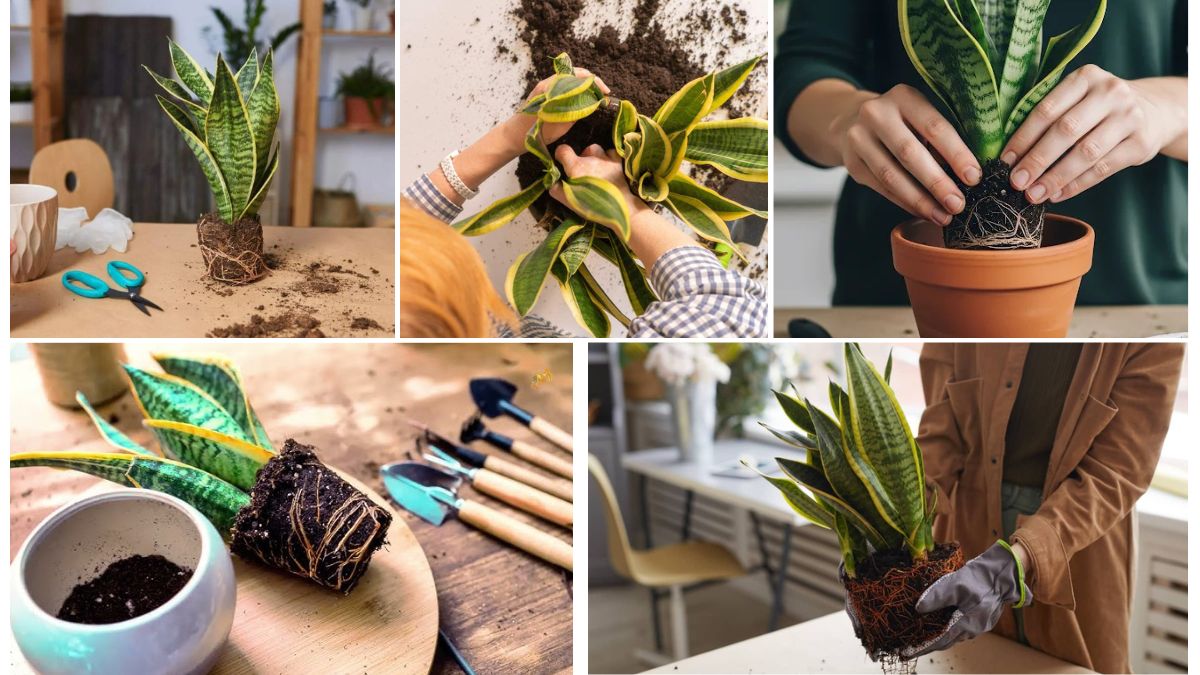The snake plant (Sansevieria), also known as mother-in-law’s tongue, is a popular indoor plant known for its hardiness, air-purifying qualities, and striking architectural appearance. However, while it may be low maintenance, one of the most critical aspects of caring for this plant is providing the right soil mix. A well-balanced soil mix supports healthy root development, proper drainage, and nutrient availability, all of which are essential for vigorous growth.
In this article, we’ll explore what makes a perfect soil mix for snake plants, why store-bought mixes may not always work, and how you can make your own DIY snake plant soil mix at home for optimal health and performance.
Why Soil Matters for Snake Plants
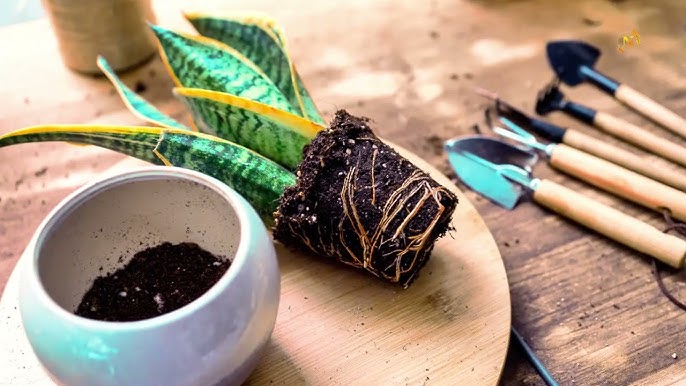
Although snake plants can survive in poor conditions, their longevity and growth are directly influenced by soil composition. Snake plants are succulents, and like all succulents, they require soil that drains quickly to prevent root rot, a common issue in overly moist environments.
Key soil functions for snake plants include:
- Providing support for the plant roots
- Allowing air circulation around the roots
- Retaining moisture without becoming soggy
- Supplying essential nutrients
Choosing or creating the right soil mix will not only reduce the chance of fungal and bacterial issues but also promote better growth and appearance.
Characteristics of the Ideal Snake Plant Soil Mix
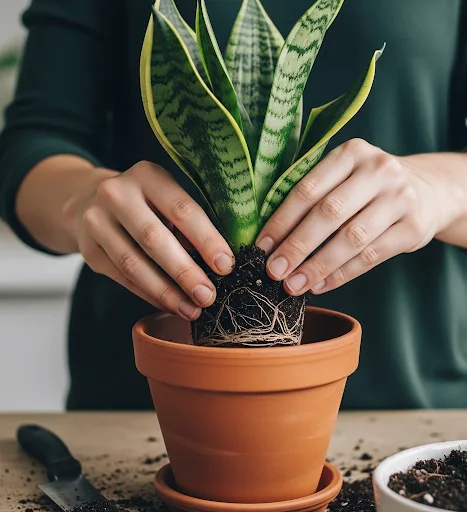
The best soil mix for snake plants should have the following characteristics:
- Well-draining – Snake plants hate wet feet. A loose mix allows excess water to flow through quickly.
- Lightweight and airy – A soil with good aeration lets roots breathe and prevents compaction.
- Low organic matter – Too much organic matter retains water, increasing the risk of rot.
- Slightly acidic to neutral pH (around 5.5–7.0) – Ideal for nutrient uptake.
Common Mistakes with Store-Bought Soils
Most general-purpose potting soils are too moisture-retentive for snake plants. These mixes often include high amounts of peat moss or compost, which hold water for extended periods. While these might be excellent for other houseplants, they spell trouble for succulents.
Pre-mixed succulent or cactus soil is a better option, but even then, many gardeners find it necessary to amend these blends further to enhance drainage and reduce moisture retention.
DIY Snake Plant Soil Mix: The Best Recipe
Creating your own snake plant soil mix is simple, cost-effective, and ensures optimal results. Here’s a proven recipe:
DIY Snake Plant Soil Mix Recipe:
- 2 parts cactus mix or potting soil (light, fast-draining base)
- 1 part perlite or pumice (aeration and drainage enhancer)
- 1 part coarse sand (gritty texture to promote fast water flow)
You can also make your cactus mix from scratch:
- 1 part coconut coir or peat moss
- 1 part compost or aged manure
- 1 part coarse sand
- 1 part perlite or pumice
Mix thoroughly before potting your snake plant.
Ingredient Breakdown
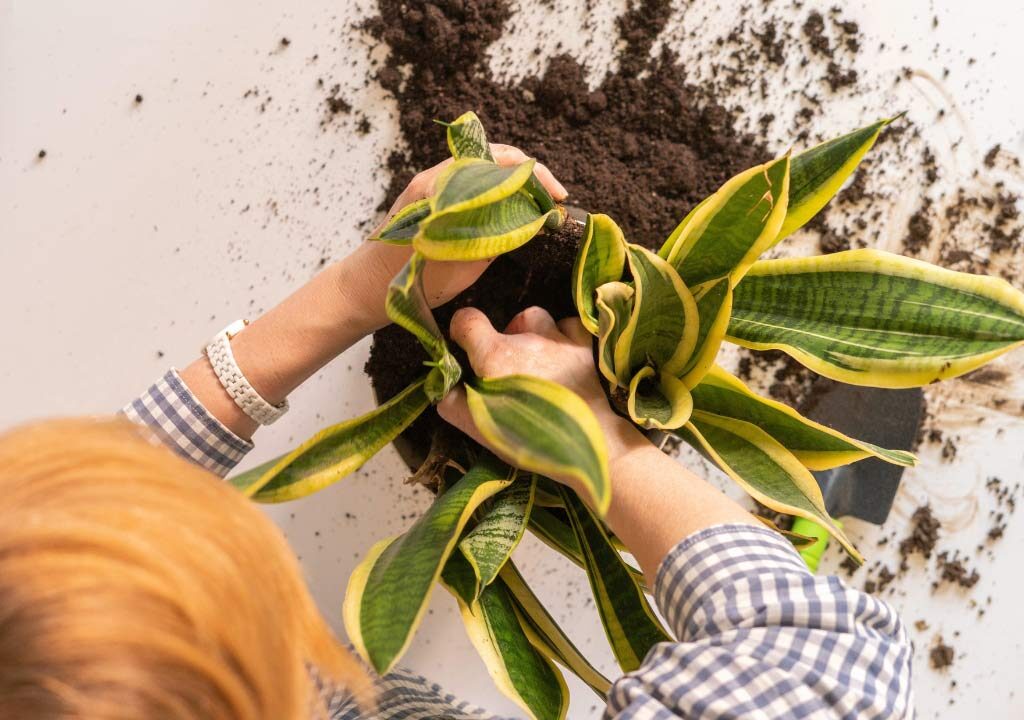
1. Cactus/Potting Soil
Acts as the base and provides structure. Choose a brand with minimal peat or moisture-retaining additives.
2. Perlite or Pumice
These white, volcanic rocks improve aeration and help prevent compaction. They also support root health by facilitating quick drainage.
3. Coarse Sand
Sharp or builder’s sand adds grit to the soil, encouraging water to flow freely. Avoid fine play sand, which can compact and hinder drainage.
Optional Add-ins:
- Charcoal – Absorbs impurities and enhances aeration.
- Worm castings – Provides gentle nutrients for root health.
- Bark chips – Adds texture and helps with drainage.
Step-by-Step DIY Mixing Instructions
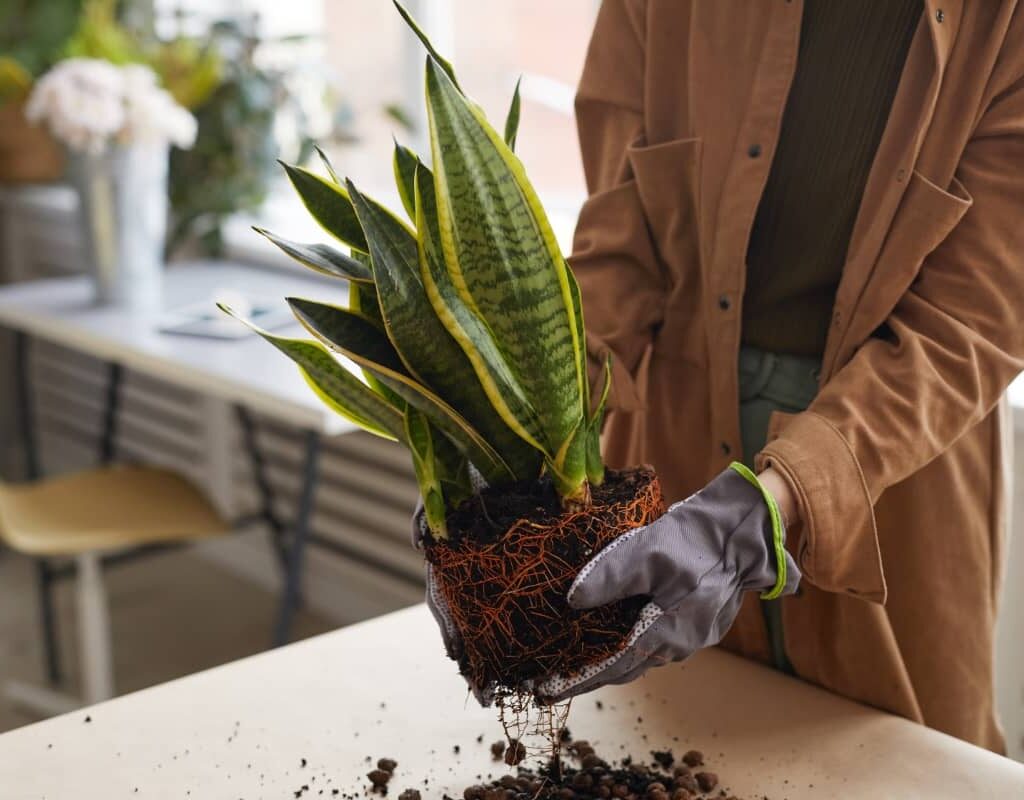
- Prepare materials: Gather all ingredients in a clean container or wheelbarrow.
- Measure accurately: Use cups or scoops to keep the ratio consistent.
- Mix thoroughly: Combine the components using your hands or a trowel until evenly blended.
- Test drainage: Wet a handful of the mix and squeeze. It should hold shape but break apart easily and not drip water.
- Store properly: If making in bulk, store in an airtight container in a dry area.
Signs Your Soil Needs Changing
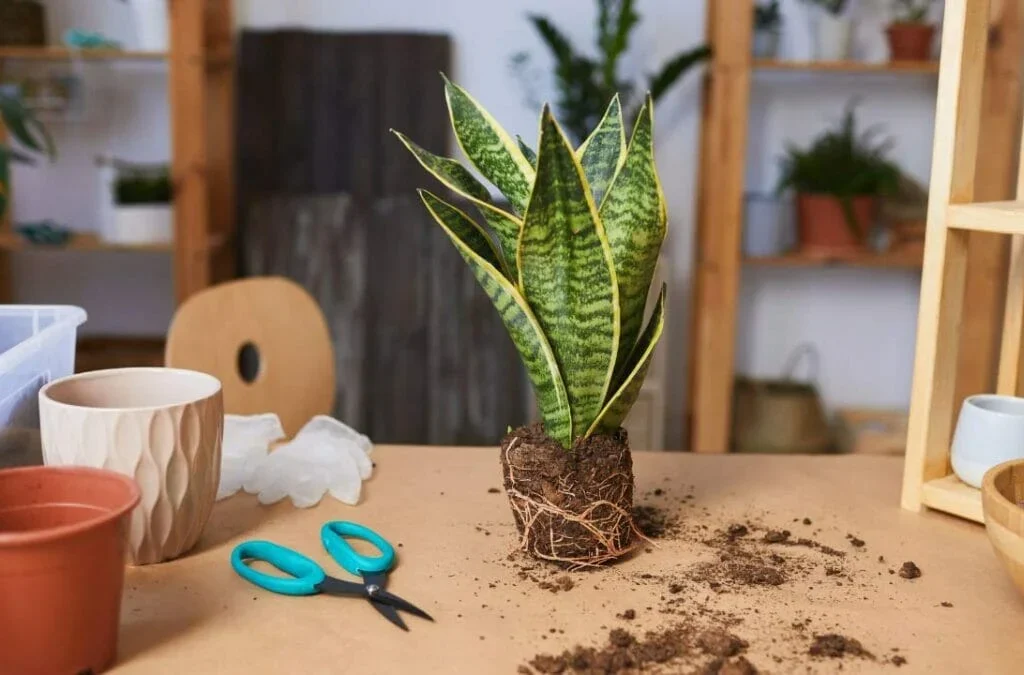
Even with a perfect mix, snake plants need fresh soil every 2–3 years. Watch out for these warning signs:
- Soil dries out too slowly
- Foul smell indicating root rot
- Mold or fungus on the surface
- Stunted growth despite proper care
If any of these symptoms occur, it’s time to repot your snake plant with fresh, well-draining soil.
Tips for Success with Snake Plant Soil
- Use pots with drainage holes: Even the best soil can cause problems if excess water can’t escape.
- Water thoroughly but infrequently: Allow the soil to dry out completely between waterings.
- Avoid heavy watering in winter: Snake plants go dormant and need less moisture.
- Repot every few years: This refreshes the soil, improves drainage, and allows room for root growth.
Conclusion
Creating the perfect soil mix for your snake plant doesn’t have to be complicated. By following this DIY recipe, you can ensure your plant receives the drainage, aeration, and support it needs to thrive. The key is to mimic the snake plant’s native conditions, which are dry, rocky, and nutrient-light.
Whether you’re a beginner or an experienced plant parent, mastering your soil mix is one of the best things you can do to boost the health and longevity of your beloved snake plant.
